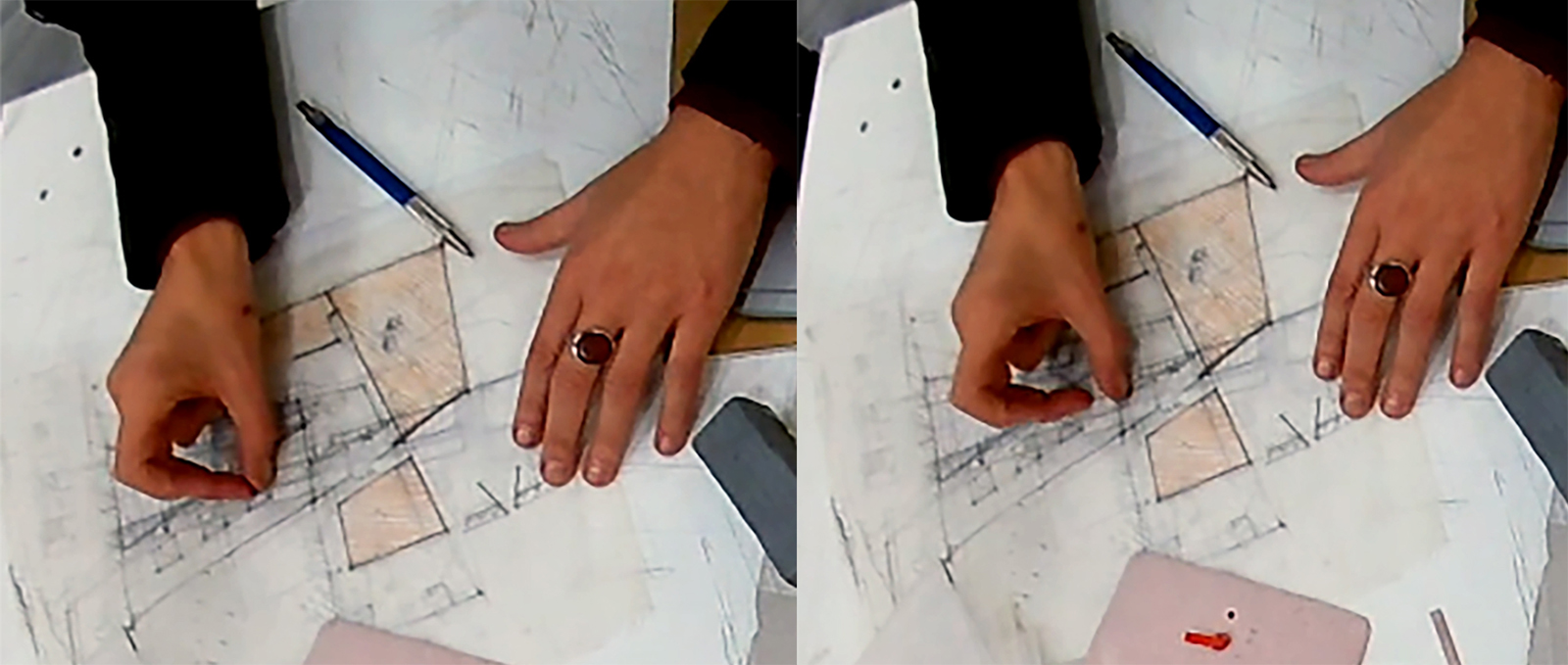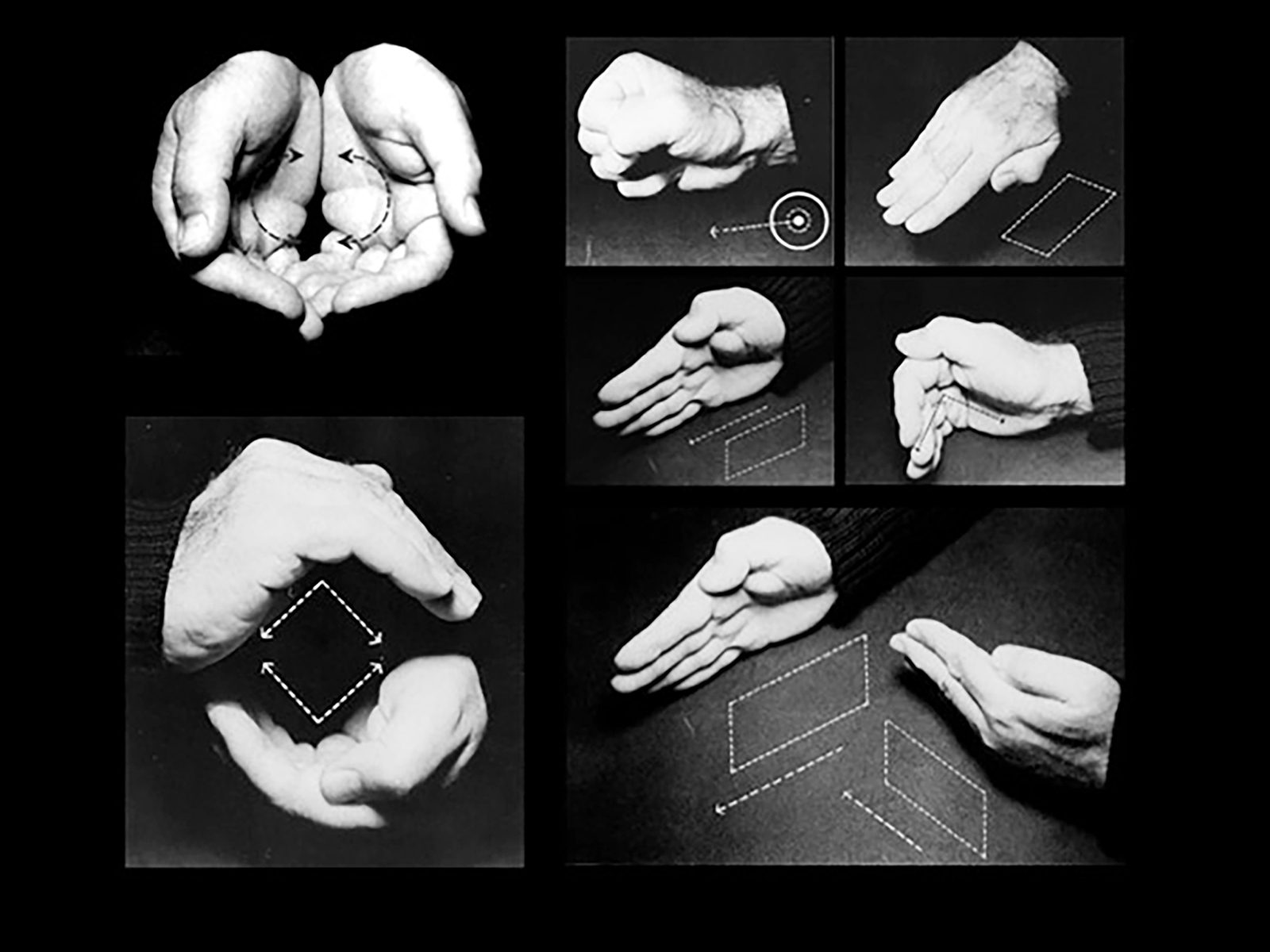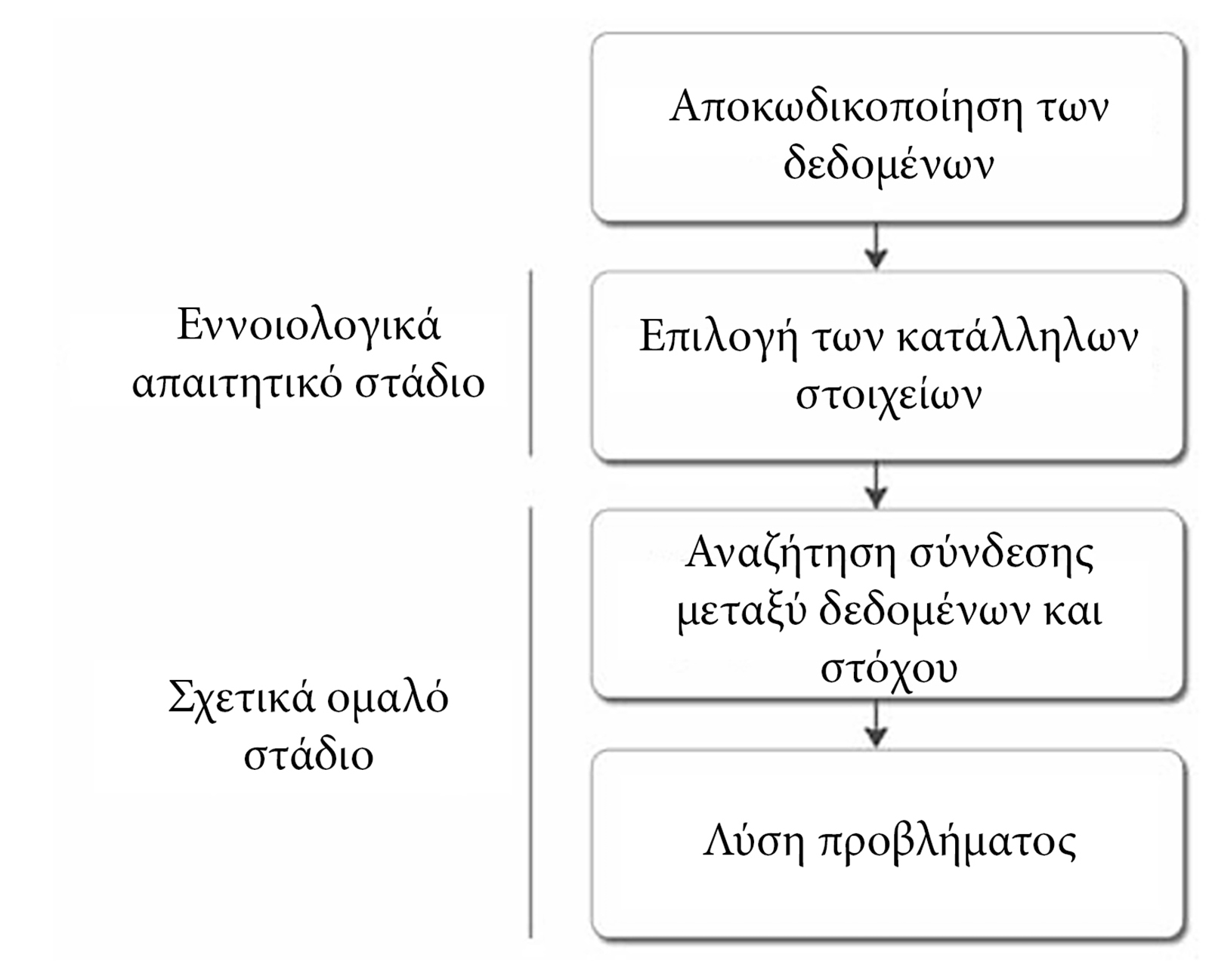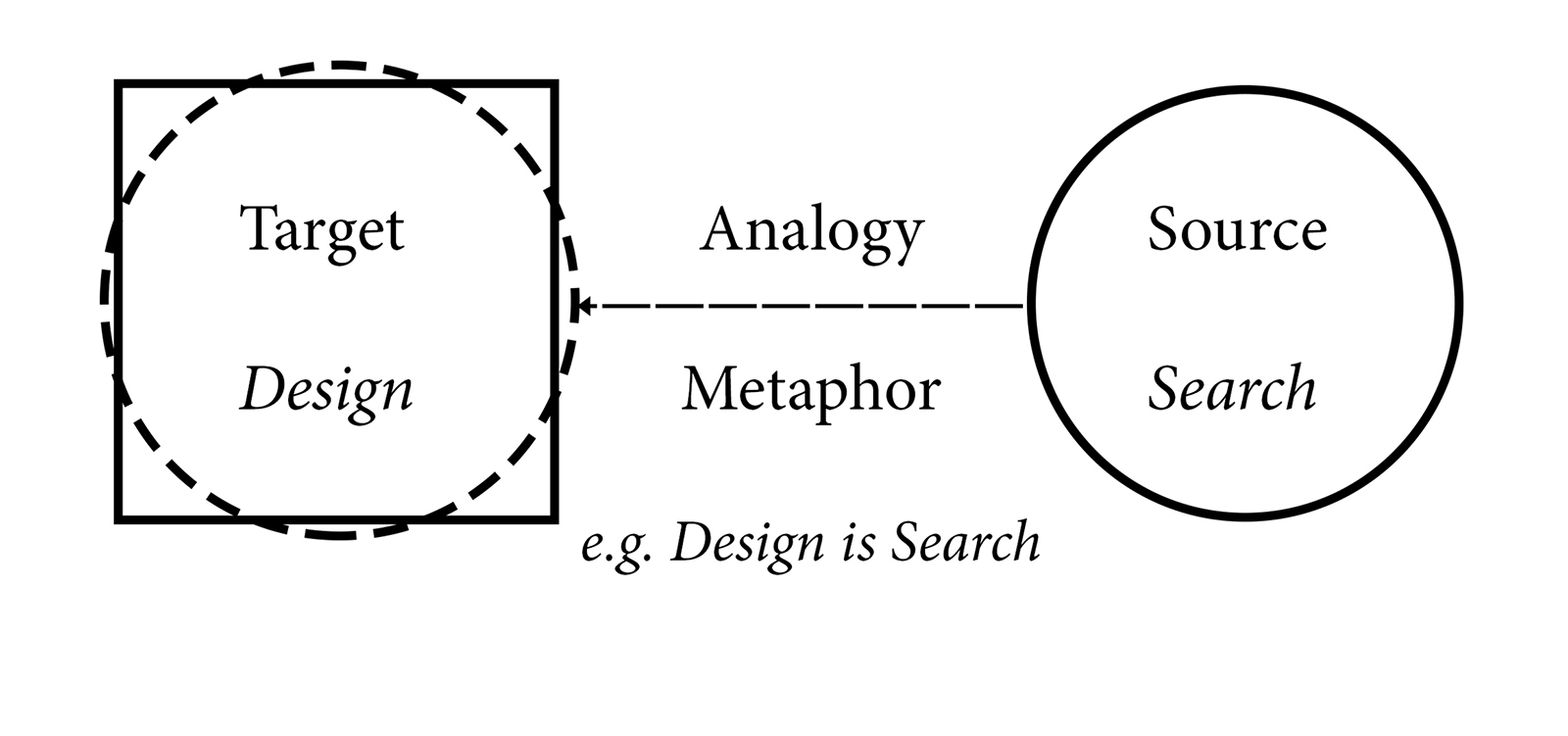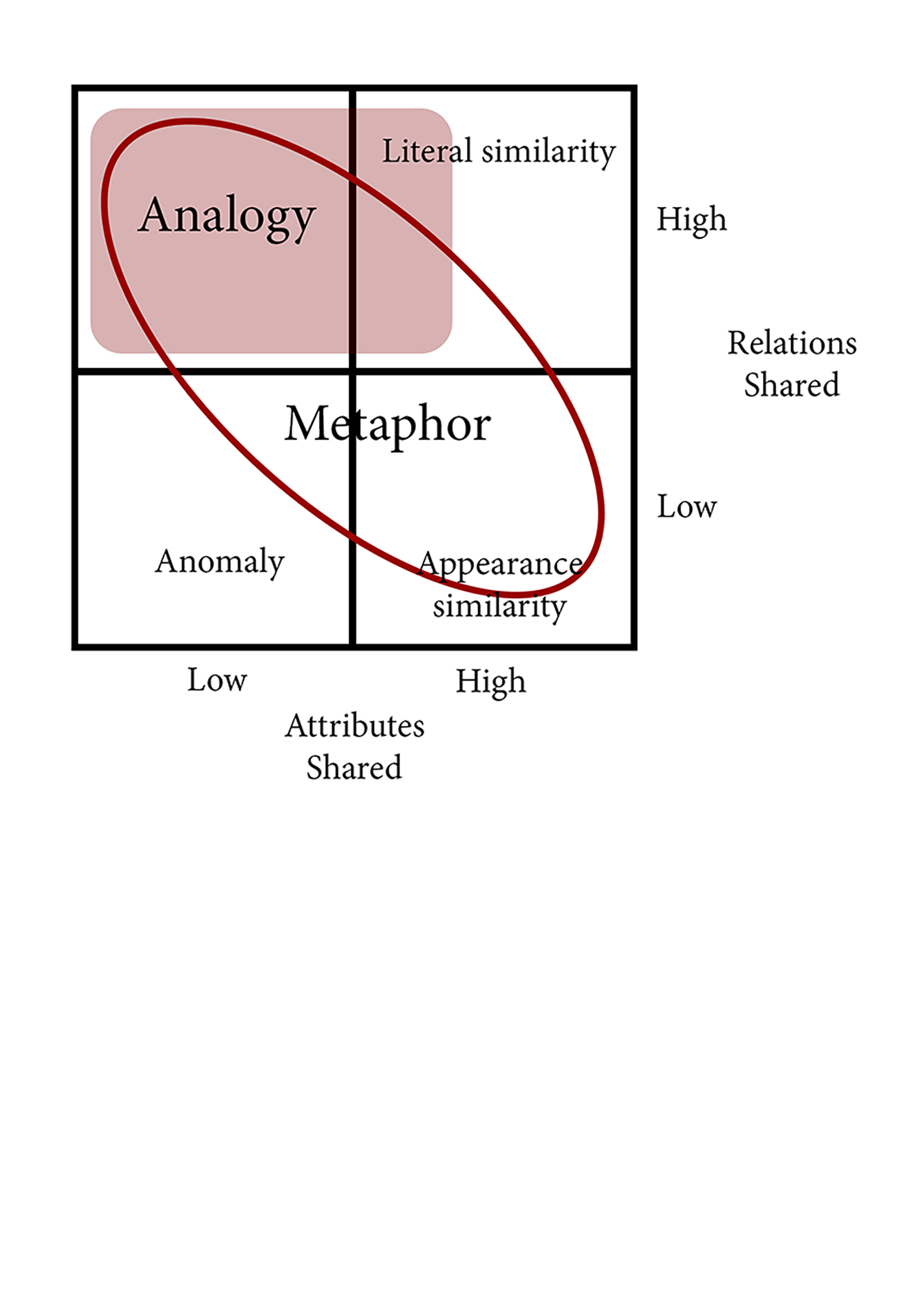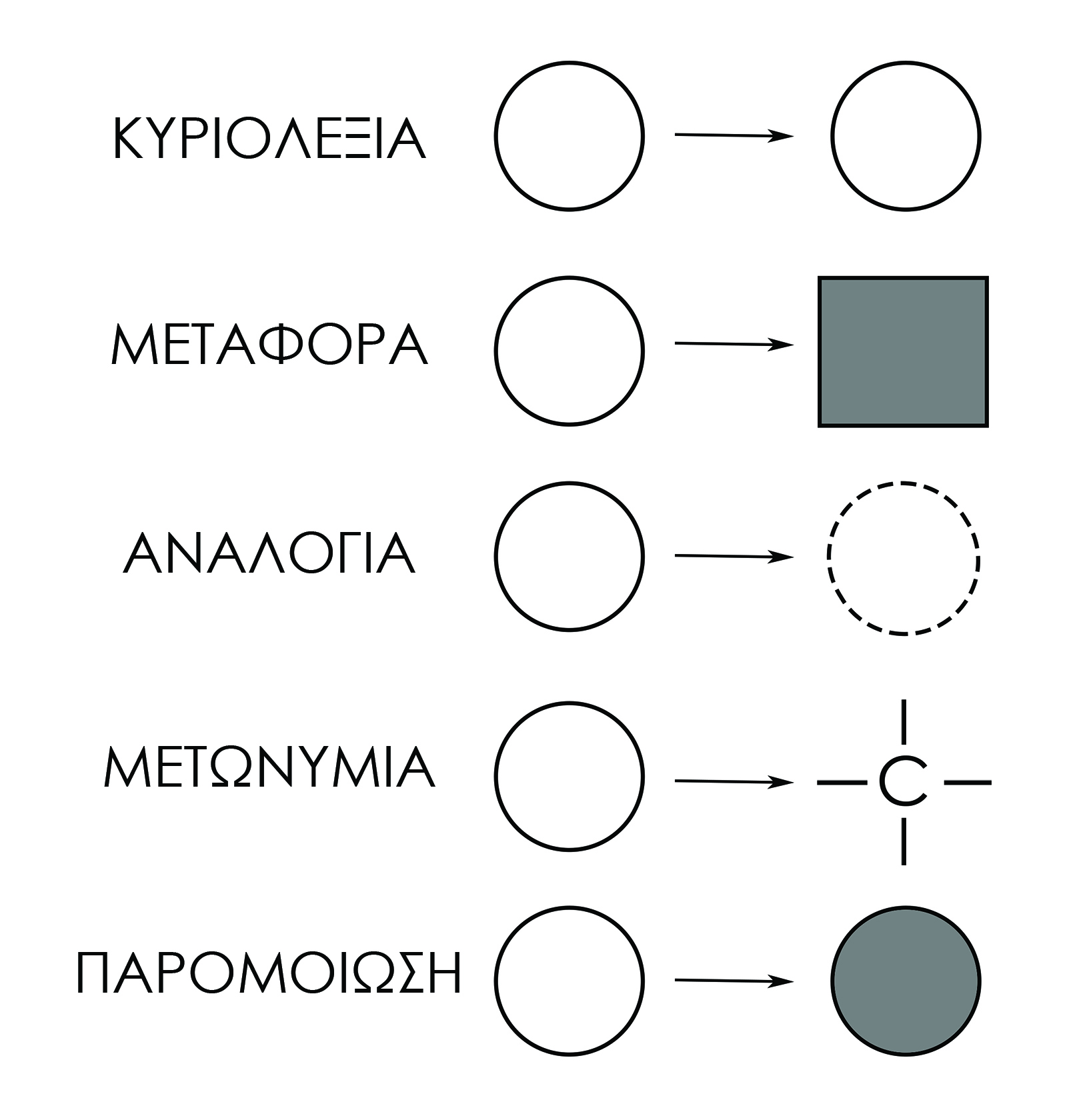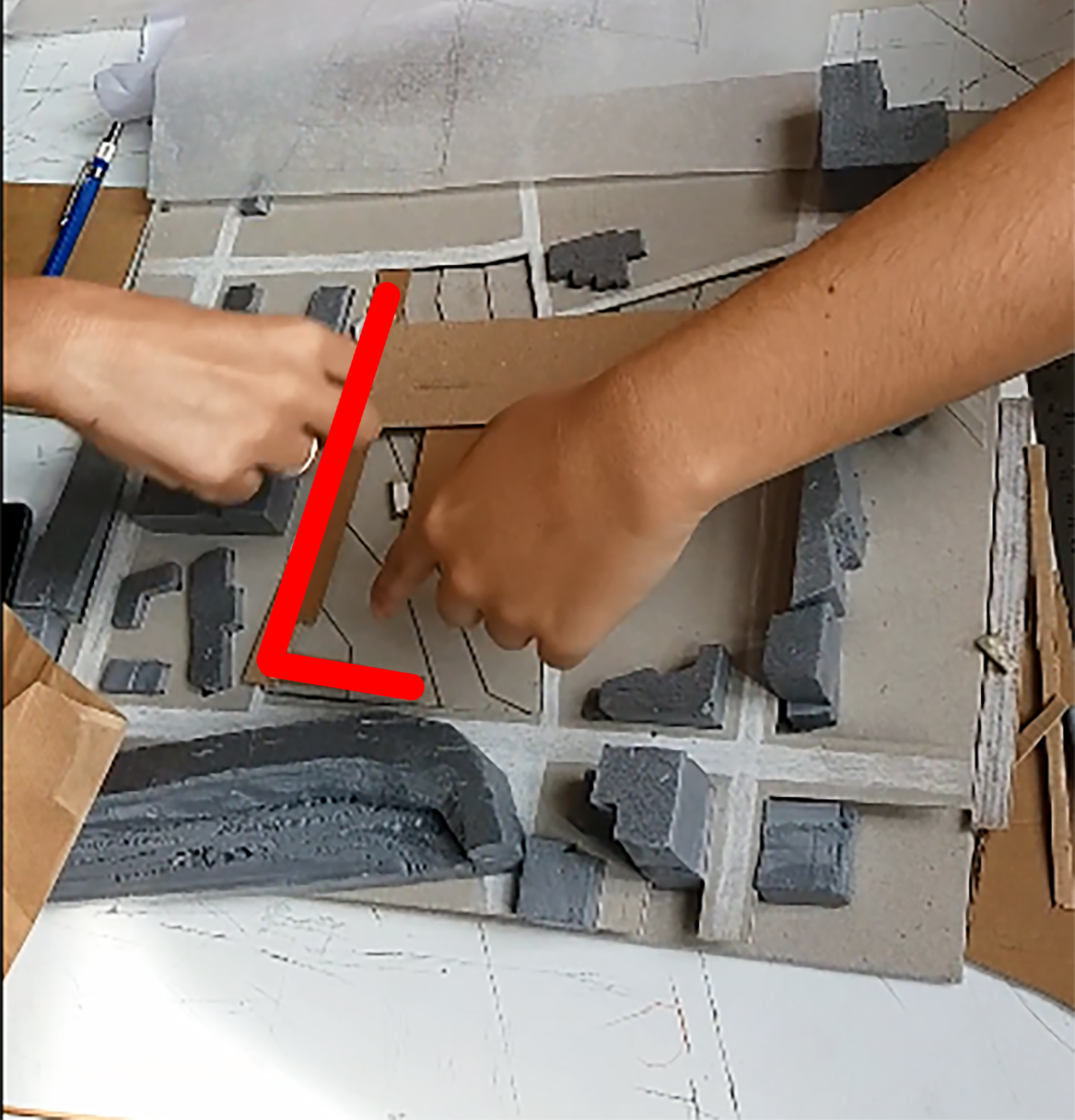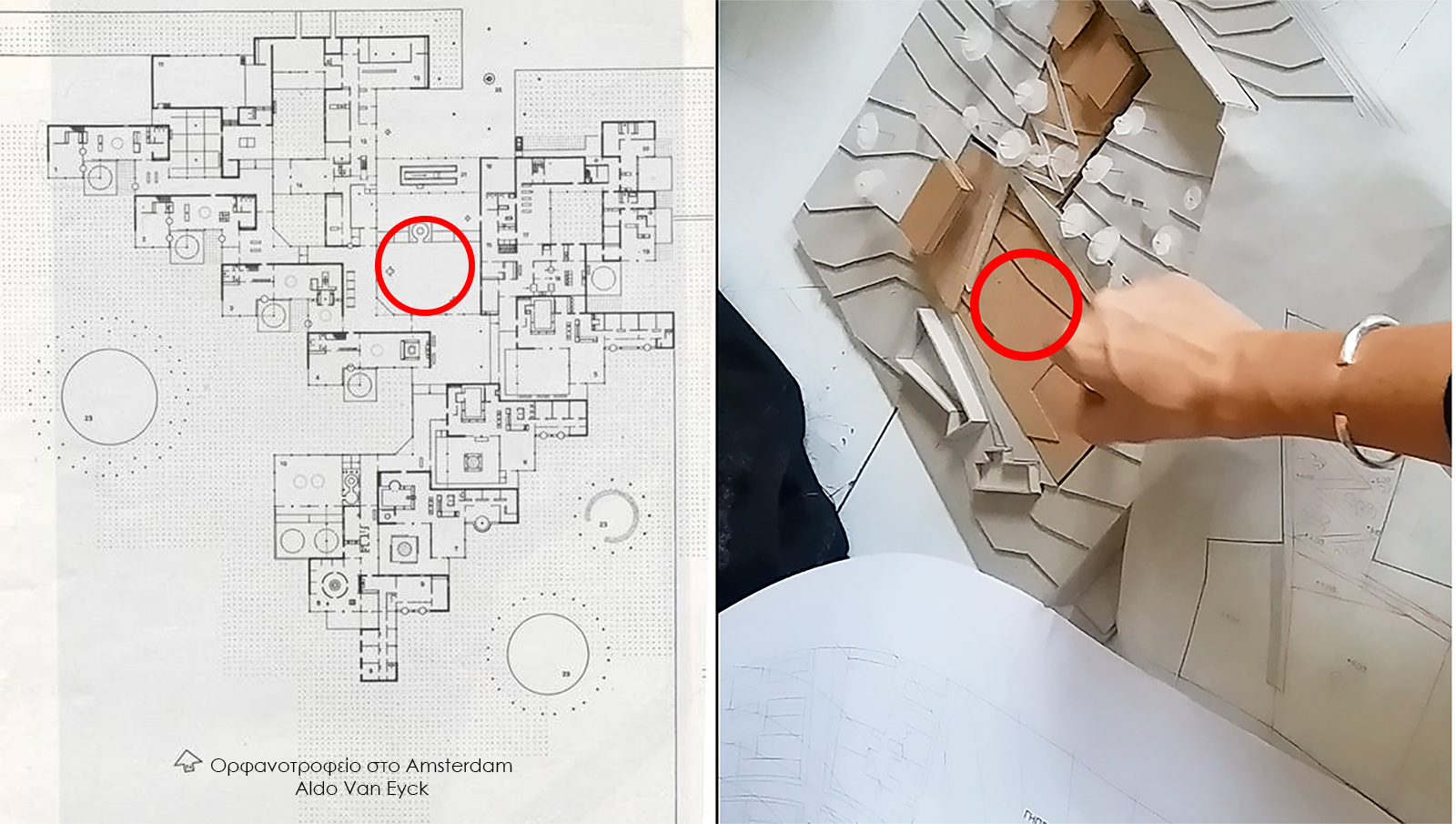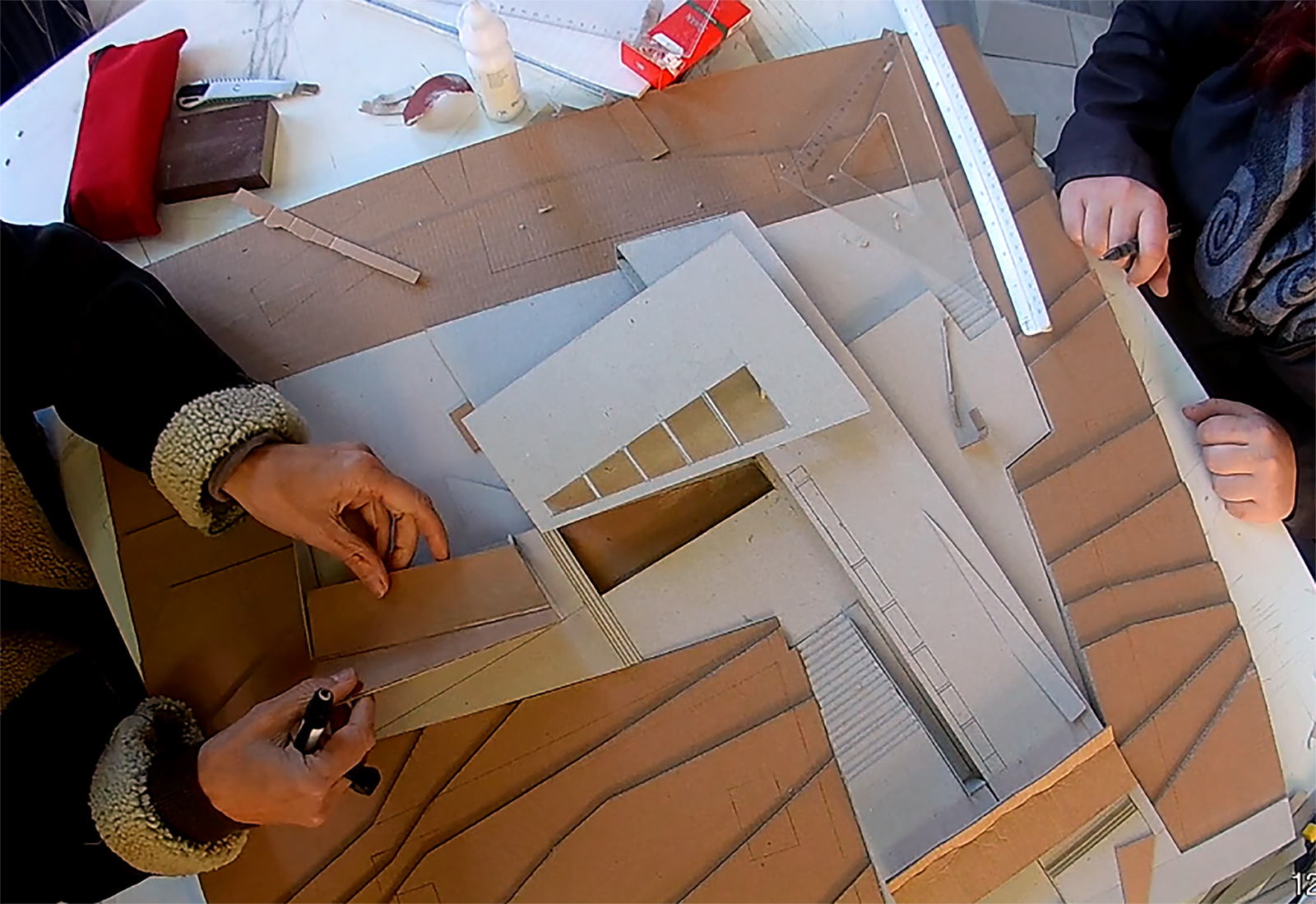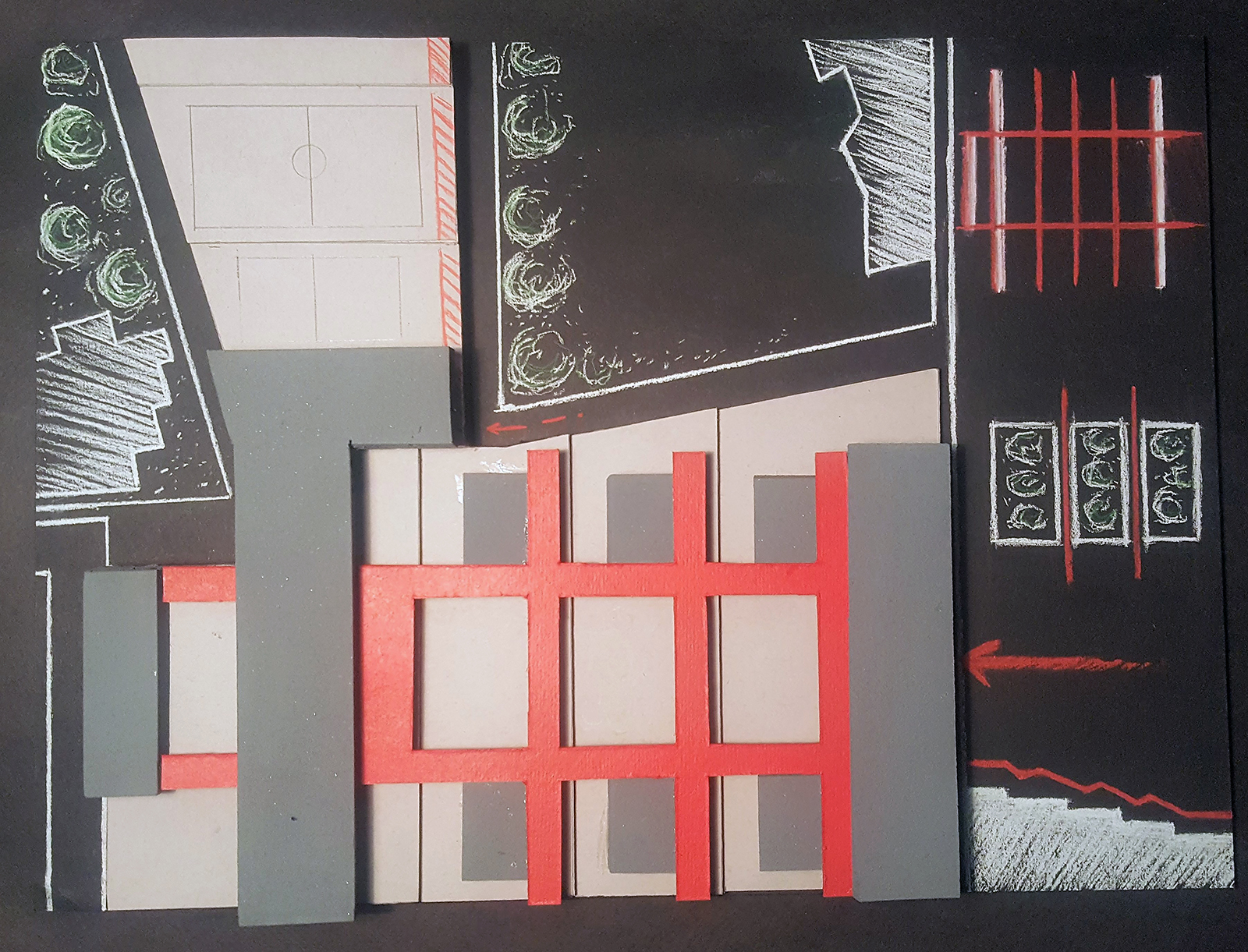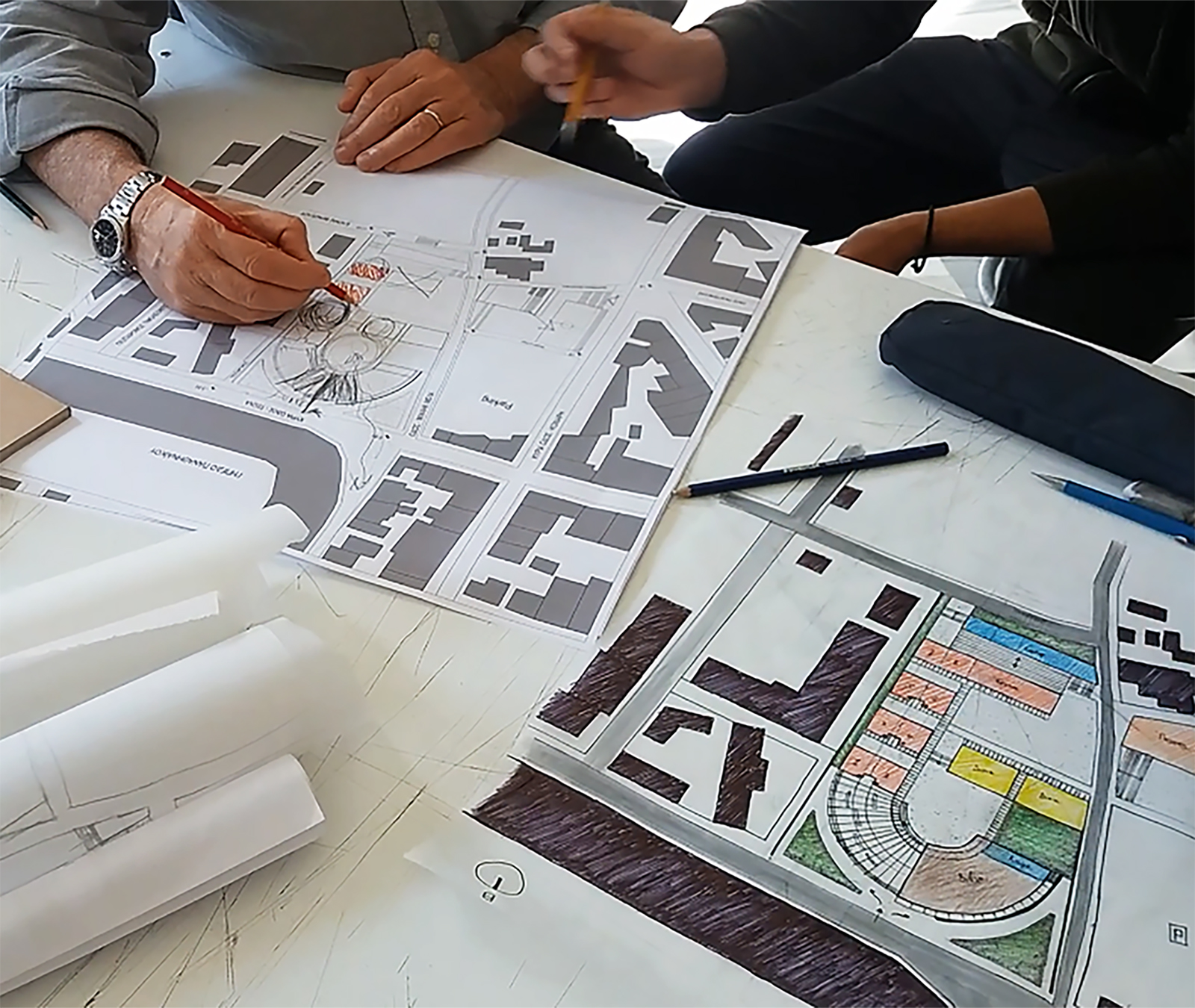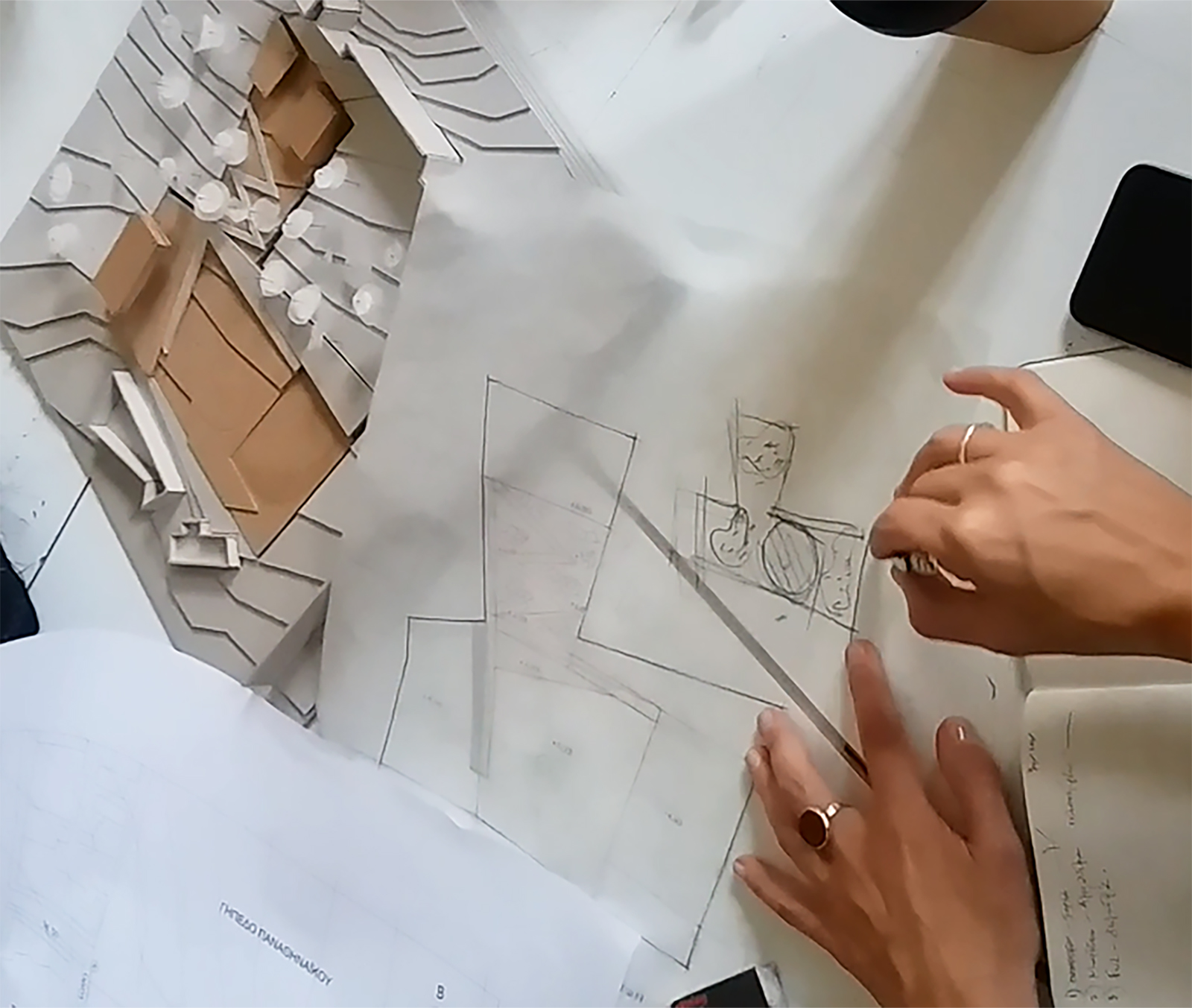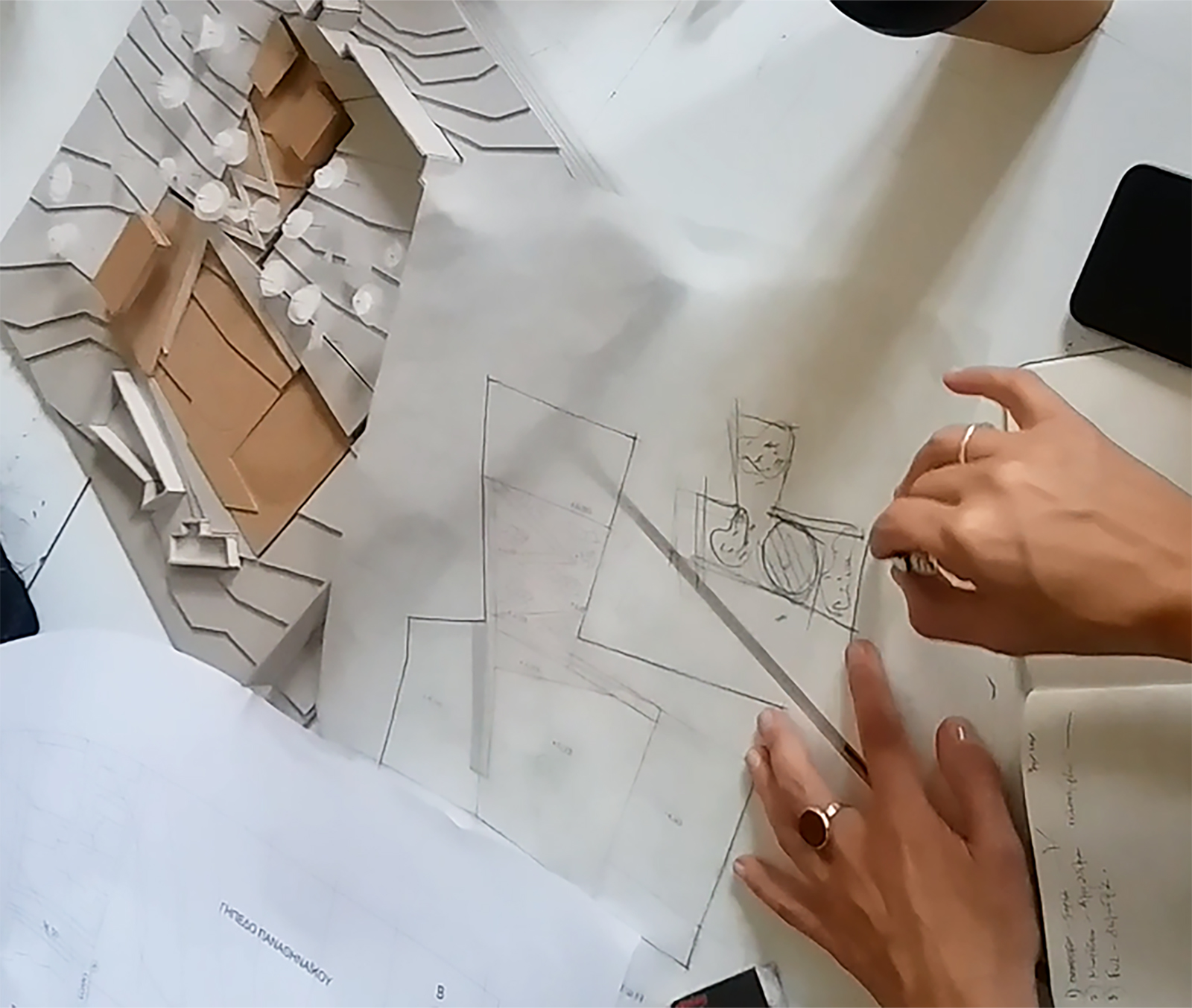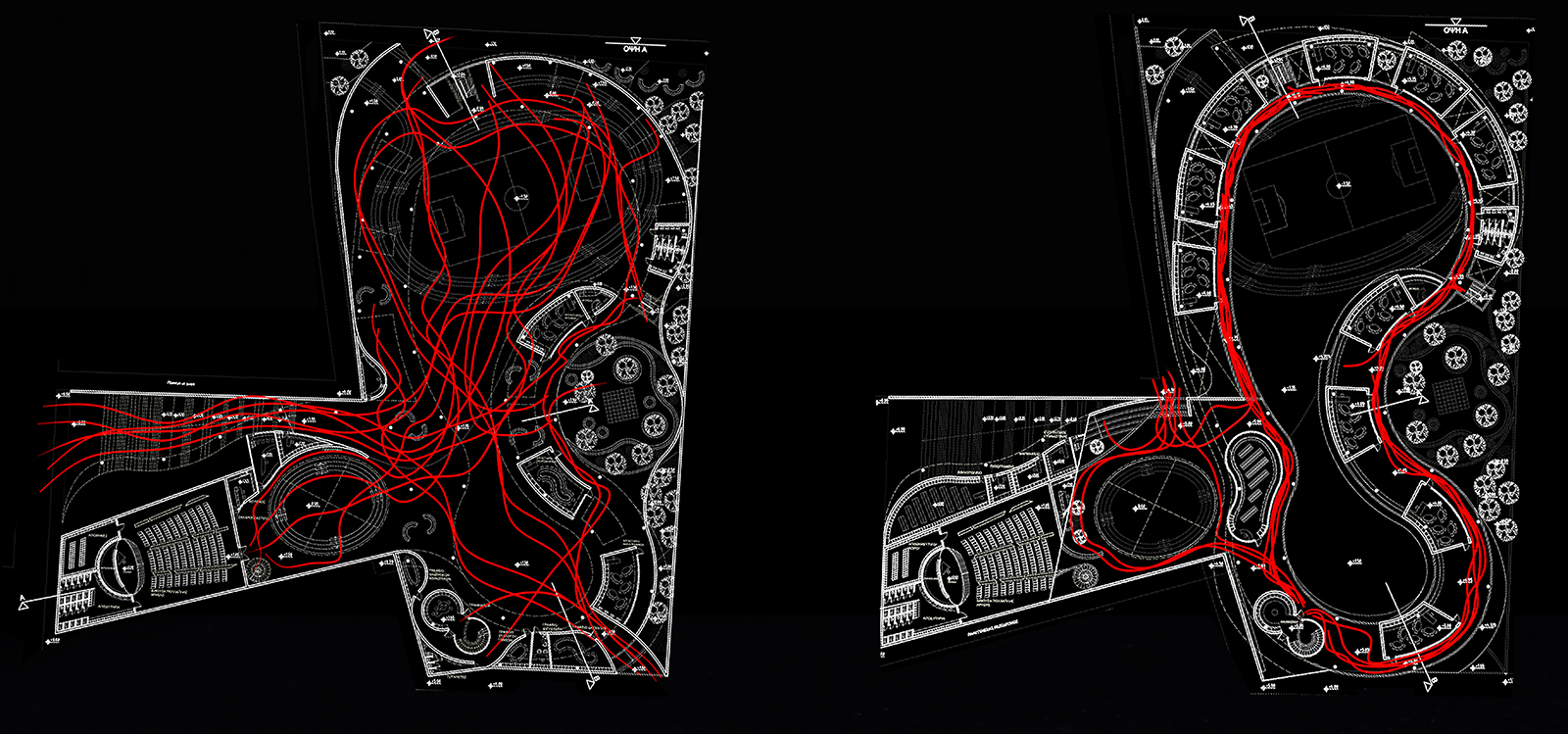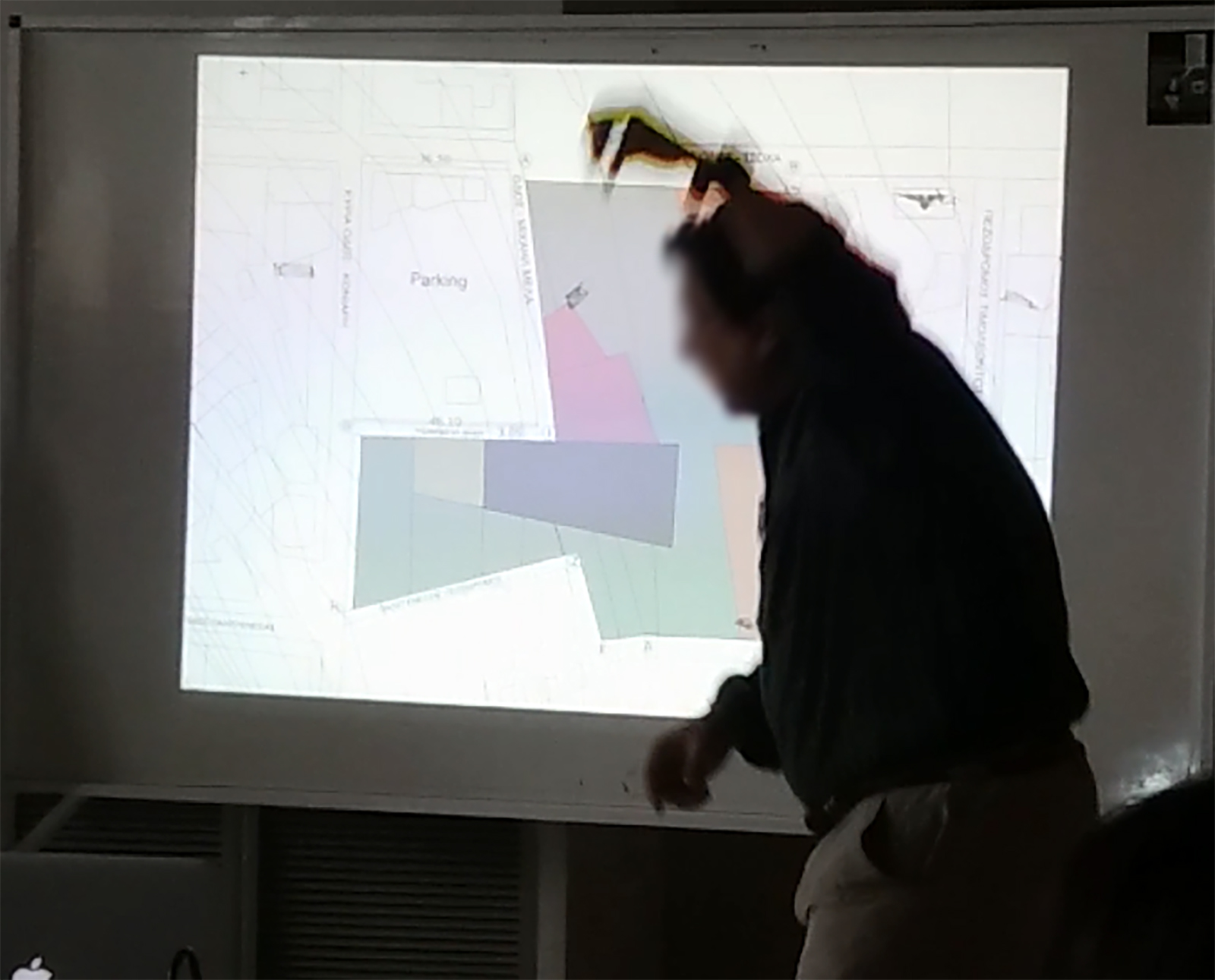The starting point of this lecture is the analysis of the architectural synthesis, with the aim of exploring and possibly clarifying its process. An attempt is made to interpret this procedure, which is substantiated by teaching observation, as described below. Our interest is centered on the communication between teachers and students and the way the architectural practice is interpreted, from the concept to the final result. Particularly, the present study focuses and analyzes the concepts of metaphor and analogy as tools for communicating and interpreting concepts of architectural synthesis.
Both metaphor and analogy as tools compare one situation in one domain with another situation in another domain. Their main difference lies in the fact that the metaphor replaces one concept with another in order to describe an overall situation, while the analogy focuses on the relational and structural similarity between two comparable concepts in order to clarify it. However, despite the clear difference between the two terms by definition, there is often confusion in the literature on the distinction between them (especially in their relation to design).
In order to go deeper into the distinction of the two concepts beyond theoretical research, the work focuses on observing the synthetic process of a series of student work from the 5th semester on the lesson of Architectural Synthesis and Design in the School of Architecture at the National Technical University of Athens. This practical research focuses on the teaching and communication between students and teachers. This is achieved by recording students architectural intentions, which are described either through speech and gestures, or depicted through sketches, drawings and 3d models.
As a result of the theoretical investigation and practical observation of the synthetic process, the work concludes with the following distinction: metaphor begins to be identified mainly at the prime stage of the architectural composition as it relates to the understanding of the problem, while at the same time tries to define the broader context during the whole process of architectural synthesis. Analogy is mainly introduced at the design stage and coexists with metaphor to the end result. That is why the concept of metaphor gains importance in the early stages of synthesis and in finding the central idea, while the analogy in the design and solution stage of the idea. Of course, their coexistence is not ruled out, as the synthetic process does not follow a linear path and backslides are very common but also logical.
Ultimately it is observed that whatever way of communication is chosen, the architects purpose is to search for the unknown through the known, a process that gives fertile ground for the development and continued use of metaphor and analogy. These two interpretative tools are so close to their goal - which is to compare two concepts - but at the same time so far in the way they do so. Despite their individual differences, they both function as cognitive mechanisms and coexist over time at each stage of the architectural synthesis.

